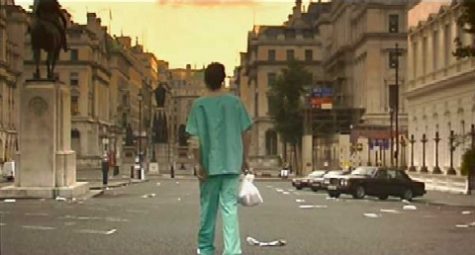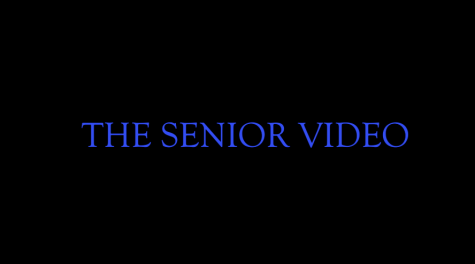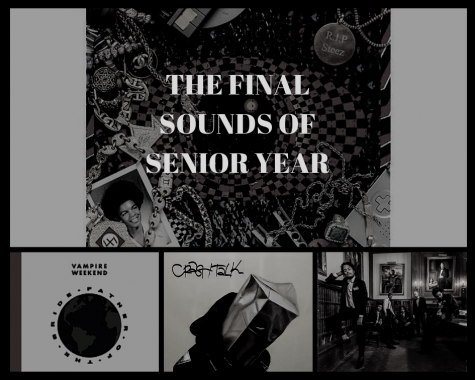Sound: The Heart of Horror
Film making is and always will be one of the most complex forms in media. From cinematography to special effects, there are a plethora of aspects that need to work together to make for a great movie. Sound design is one of, if not the most important elements of cinema and no one does it better than the horror genre. For years horror has used sound as another tool to strike their audiences with fear. With the right music or sound effects, a scene can change from mediocre to utterly terrifying. In this article, we will each give our take on sound design in horror.
28 Days Later (2002)
If you came from our reviews of iconic horror movie, you know I love the opening scene of 28 Days Later. If you haven’t checked out the article, I highly recommend you do so. This scene is truly the pinnacle of how to set up your world in a horror movie. The scene uses instrumentals relatively similar to the style of music that would be found during this time. As this movie was released in the early 2000’s, it has tendencies to use more acoustic and percussion driven instrumentals reminiscent of many bands of the era, The 90’s brought forward the indie and grunge music scenes, and the 2000’s brought about the arrival of alternative and emo styles of music into the mainstream. This movie came out in the sweet-spot between both of these ages of great music. And it’s influence on the soundtrack definitely does show. While many horror movies choose to use a pan-out shot with music in the background, 28 Days Later does the opposite. This movie has the main character wake up from a coma, and wake up to an empty hospital that has been desecrated and ransacked. At this point, the only noises the viewer can hear is a faint guitar riff and the sounds of everything our protagonist, Jim, grabs. He chugs a can of Pepsi, tries to make a call on a pay phone, and attempts to open a car, to which its alarm goes off. In this opening scene, Jim sees nobody, not even a single zombie. As he continues his walk through an empty London and passes such sights as the London Eye and the Big Ben, the guitar slowly gets louder. This displays to the viewer that Jim realizes the situation he is in, and a sense of isolation and intensity begins to build. This culminates in the music until he finds a wall that has pictures of dead or lost children, and also children’s drawings of violent crimes. At this point, a drum is involved in the background music, furthering the intensity of the moment. Here our protagonist realizes that the world around him has fallen apart. And this is the point where the viewer realizes there is something to be afraid of. But, we do not know exactly what the extent of it is. And beautiful moments such as these are scattered all throughout the movie that effectively use instrumentals to convey the emotions of the characters, and those of the viewer.
The movie also makes beautiful use of sounds to help add to the ambiance and the dread the movie tries to convey to its audience. When there is no brilliantly orchestrated music during scenes, there is usually silence. The silence is used to express many different emotions. One scene it may be used to create a sense of isolation, as touched upon in the previous paragraph. In another it could be used to create a sense of hopelessness in dire times. Another standout method used in setting the mood involves exaggerating one sound in order to create a sense of tension. For example, the main character Jim is discussing serious matters with a military commander who has taken in his group. Prior to this scene, there already has been some hostilities between the two. No music plays, only the commander delivering a monologue to Jim, and the sound of a faint candle burning in the background. This candle (for me, personally) created an ominous nature to the whole scene. The candle left a constant sound throughout the scene and perpetuated the intensity between the two characters thus leaving the viewer without moments to be relieved of the tension. Brilliant scenes are scattered throughout the movie, and help form the world better and further the emotions the director attempted to convey.
Halloween (1978) 
One of the best uses of music and sound in a horror film is John Carpenter’s Halloween. Carpenter’s score for the movie perfectly complements the evil that is Michael Myers; it is no wonder it is regarded as one the best movie soundtracks ever. The dark soundtrack immerses the audience in the frightening world of Halloween. Throughout the movie Myers’s theme plays as he patiently stalks his victims in the background. The loud amping up piano pieces during Myers’ chase and murder scenes create a sense of terror that connect the audience to the victims. Not to mention that every jump scare is accompanied by a sharp electronic jab to ensure that the viewer’s hearts skip a beat each time. The multitude of stand out pieces makes it difficult to pinpoint what exactly makes the score so great. The greatness of the sound design is best displayed in the final scene of the movie. Six thunderous gunshots ring through the house after Myers has been shot by Dr. Loomis, while Loomis and Laurie share a brief moment of relief from the threat of Myers. Dr. Loomis then checks for his body but Michael is nowhere to be found. The movie then closes out with shots of the empty house as Michael’s theme starts up and his heavy breathing can be heard.

Q: What type of music are you into?
A: I’m into rap and hip hop mainly, but I like R&B too.
Q: What made you want to play football or sports...

Q: Which fictional character do you think would be the most boring to meet in real life?
A: Harry Potter because he seems like he would be pretentious...







